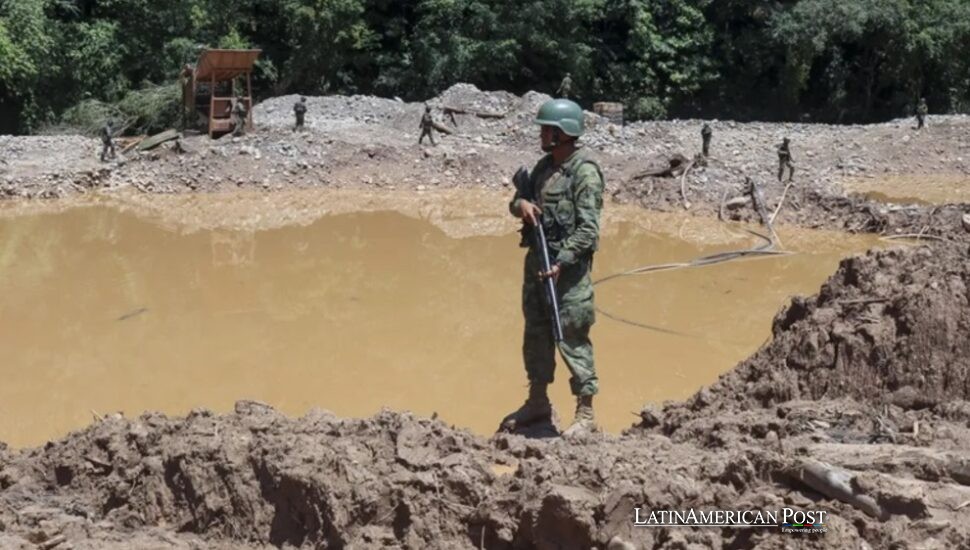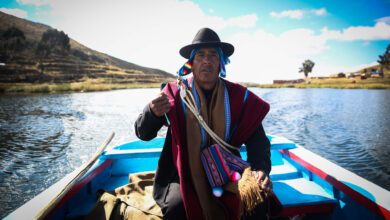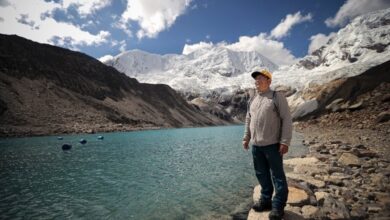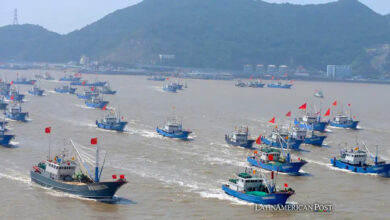Colombian Emerald Trade Faces a Heavy Environmental Reckoning

As Colombia’s prized emeralds shape global markets, a hidden toll emerges in Muzo: polluted waters, scarred landscapes, and clashing accusations between informal miners and big corporations. Community voices warn of long-term harm if the industry remains largely unregulated.
Mountains of Emeralds, A Legacy of Pollution
In Muzo, a small town nestled within the emerald-rich valleys of Boyacá Province, the soil teems with gems of staggering value. But beneath this prosperity lies a growing crisis. According to The Guardian, the once-pristine Río Minero now runs dark with the byproducts of continuous excavation. Plastic tarps and discarded mining debris dot the river’s edge, a grim marker of an industry whose external glitter masks significant ecological damage.
Considered a global powerhouse in emerald production—housing nearly 55% of the world’s market—Colombia sees about 150 million dollars in annual emerald sales, with Muzo at the epicenter. Yet environmental concerns weigh heavily on those who venture up the winding roads to witness open-pit and underground operations. With every new strike of the earth, the land becomes more prone to erosive destabilization; with every outflow of rubble, local rivers take the brunt of contamination. “The water used to be clear,” said one longtime resident. “Now it’s a muddy brown that’s practically unusable.”
At the heart of the debate are the many so-called guaqueros—informal miners who gather leftover soil from established companies hoping to stumble upon an overlooked gem. While authorities often blame them for environmental damage, local experts caution that organized industrial mining has an even larger footprint. Deforestation to expand open pits, coupled with explosive use, can irreversibly reshape entire landscapes.
Blame Amid Environmental Hazards
Major corporate players assert they follow rigorous environmental protocols, from silt collection to wastewater management. Roger Buitrago, environmental manager for one of Muzo’s key mining companies, told The Guardian that “formal operators must adhere to strict standards,” ensuring proper disposal and water treatment. He insists that the real threat stems from illegal or informal mining: “Without environmental impact studies or management plans, they often disregard the land’s fragility.”
However, field observations reveal that pollution hardly spares corporate-run sites. “There have been documented cases where even official, large-scale operators have turned off water treatment when unobserved,” said a local watchdog group. Meanwhile, guaqueros acknowledge that they are contributing to the mess. “We generate a lot of waste ourselves—plastics, tarps—everything ends up in the river,” confessed a longtime informal miner named María. Still, she believes big companies should shoulder the larger share of responsibility because their scale dwarfs local hand-dug operations.
Reports of rising landslide frequency in the hills confirm that unplanned tunnels and massive surface extractions compromise geological stability. In early April, a cave-in claimed the lives of two miners in Maripí, a neighboring municipality. Locals fear a future with more such disasters if no comprehensive environmental plan emerges. Furthermore, the contamination extends beyond local waters. Silt-laden outflows can leach harmful residue into broader ecosystems downstream.
Confronting Reality and Charting a Path
While Colombia’s emerald sector ranks among the country’s greatest economic assets, the trade’s environmental cost cannot be ignored. A swirl of new laws, though proposed, remains inconsistently applied. The Guardian revealed that official oversight in Muzo can be rare or sporadic, leaving daily operations mostly to corporate self-regulation. For guaqueros, this standoff might threaten the informal gatherings known as la voladora, where leftover mineral-laced soil is periodically dumped so local miners can scavenge for hidden emerald fragments. Already, local authorities have suspended it, calling it unsustainable.
Such uneven regulation exacerbates tensions. Corporate representatives blame unlicensed miners for sabotage, while the guaqueros insist they simply pick through the “rubble” the companies discard. A 2024 report by Colombia’s National University noted the synergy of both sides: industrial deforestation, subterranean drilling, and artisanal rummaging combined to degrade entire watersheds. If left unchecked, the region risks losing not only stable farmland but also reliable drinking sources—a critical blow for families reliant on local streams.
Some people find possible shared advantages during the disputes. Companies can use local groups to control secure waste locations or water purification. This lowers environmental pressure. Guaqueros can receive consistent jobs in controlled ore refinement. It greatly reduces unsystematic digging. But suspicion runs high, fueled by the history of sporadic violence in Colombia’s emerald regions, where disputes over valuable claims sometimes turned deadly. Achieving collaboration thus demands trust, robust oversight, and enforcement.
For now, the coveted green stones keep shining in global markets, fetching lofty prices at gem shows in New York or Hong Kong. The rivers near Muzo are dark. They show a difficult balance of economic progress and environmental stability. Local people quietly want a new balance. They want valuable gems to pay for community improvements. The gems should not damage local habitats.
As “the emerald capital of the world” battles between income and integrity, The Guardian’s coverage highlights a pivotal moment. If government agencies and industry leaders fail to enact stronger, region-wide regulations, the environmental harm may escalate beyond repair. Meanwhile, the continued push for precious stones means more excavation, more heavy equipment, and more leftover soil. In an economy reliant on shimmering green crystals, the cost to Muzo’s people and land grows by the day.
Also Read: Haitian Violence Stalls Dominican Cross-Border Commerce
The future for Muzo is a warning to areas with many resources across the globe. Clear leadership company responsibility as well as community teamwork are important for communities to prosper without hurting the planet. María said, “We must protect water and nature,” capturing the local feeling. If that duty falters, Muzo’s sparkle could fade—and with it, the promise that emerald wealth can truly sustain those who depend on these green hills.





